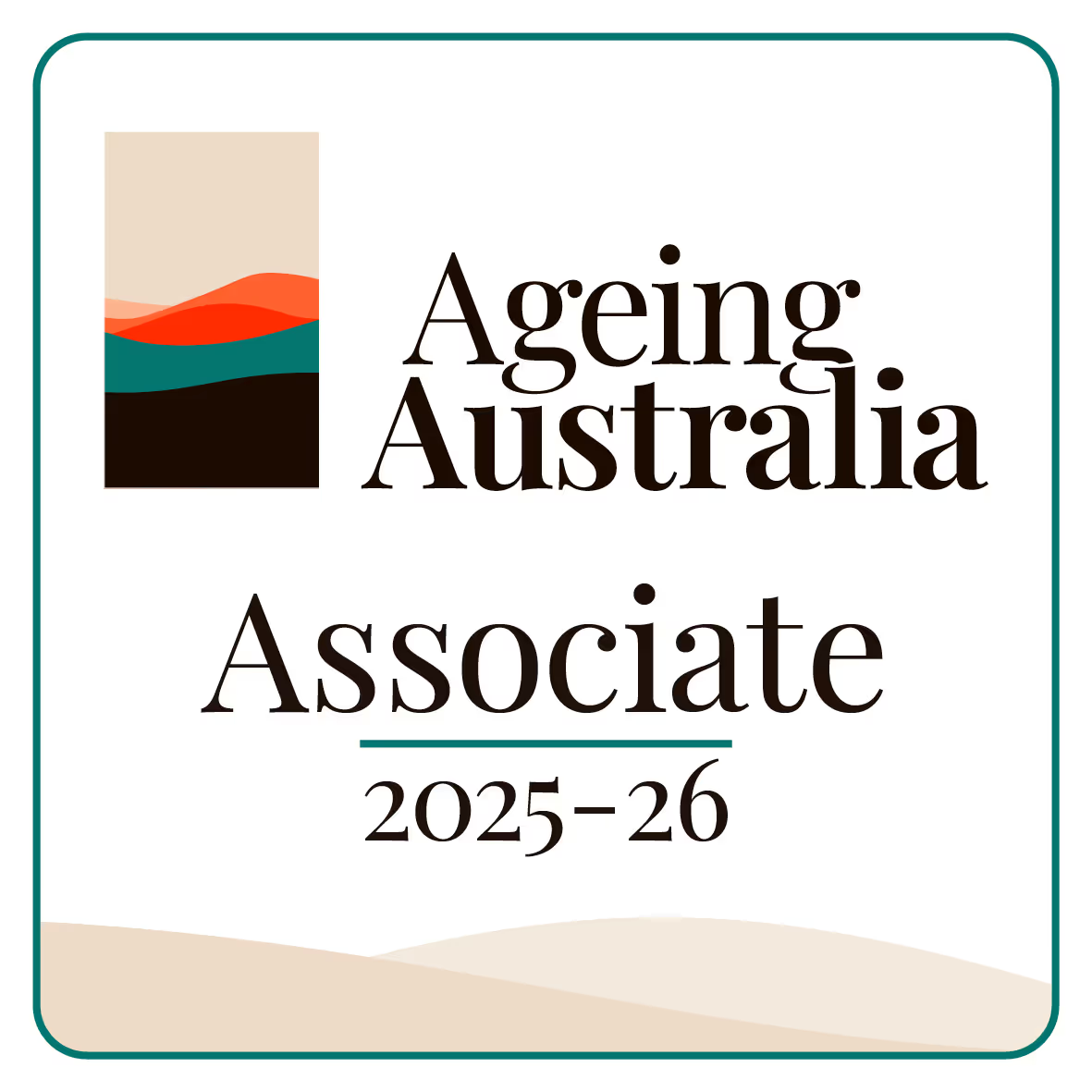Does your aged care compliance framework feel like a patchwork quilt? For years, every time a new regulation appeared, you added another policy. Every time an audit found a gap, you applied another patch. This approach was manageable, even practical, for a long time.
But now, that quilt is heavy, confusing, and coming apart at the seams.
For leaders in Australian aged care—from the board and Chief Executive Officer to Compliance and Quality Managers—the pressure is immense. The new Aged Care Act is not just another patch. It is a fundamental shift in thinking, moving from a reactive, tick-box model to one built on continuous improvement and genuine governance transformation.
Trying to "tweak" your old system to meet this new reality is like putting a high-performance engine into a car with a rusted frame. It will not work. You need a clean slate.
The High Cost of Sticking to the Old Way
Clinging to legacy systems is not a neutral choice; it carries active risks. When your policies are layered and contradictory, your staff becomes confused. They spend more time trying to find the right procedure than focusing on care. This "tway of doing things" drains resources, creates resident risk, and leaves your organization exposed.
The old model of aged care compliance was built on reaction. The new model demands foresight. If your framework is still a maze of addendums and quick fixes, you are perpetually stuck in a reactive mode, always one step behind.

Why Small Tweaks Fail
You cannot build a strong, modern house on cracked foundations. Small adjustments to a broken system fail for several key reasons:
- Broken Foundations: The original policies were often written for a different era. Tweaking them ignores the fact that the core assumptions are no longer valid under the new Aged Care Act.
- Siloed Thinking: A patched system often means the clinical team has its policies, the operations team has theirs, and the board has a high-level view that connects to neither. This creates gaps where serious incidents occur.
- A Culture of "Just Enough": Tweaking encourages a mindset of doing just enough to pass the next audit. A governance transformation builds a culture of quality, where excellence is the standard, not the exception.
True change requires you to stop asking "What do we need to add?" and start asking, "If we were starting today, how would we build this?"
What a "Clean Slate" Really Means
A "clean slate" does not mean deleting every file you have. It is a strategic, deliberate decision to redesign your governance and compliance framework from the ground up, with the new standards at its core.
This process is a complete Policy Rewrite.
Instead of editing an old policy, you archive it. You start with a blank page and ask:
- What does the Aged Care Act require us to do?
- What is the clearest, simplest way to achieve this?
- How does this procedure connect to our other operations?
- How will we measure that it is being done correctly?
This Policy Rewrite is the engine of your governance transformation. It forces clarity. It removes contradictions. It builds a single source of truth that every person in your organization, from the board members to the care staff, can understand and follow.
Building for Continuous Improvement
Your new framework cannot be static. The old "set and forget" model is finished. A clean-slate design is built for continuous improvement. Because the policies are clear, simple, and connected, you can finaly measure their effectiveness.
When a process is not working, you do not just add another patch. You revisit the clean, core policy and adjust it. The system remains simple, and your team remains clear on the expectations.
The Role of Technology in Your Transformation
Managing a complete Policy Rewrite and embedding a new governance structure is a massive undertaking. Trying to do this with spreadsheets and shared documents is how you end up back in a state of confusion.
Modern problems require modern solutions. This is where technology designed for this new world becomes essential. A platform like Governa AI can manage the connections between your new policies, resident outcomes, and board-level reporting. It provides the single source of truth you need to make your governance transformation successful and sustainable. You can find more information at https://www.governa.ai/.

Starting Your Governance Transformation
This is not a small task, but it is the most important one facing aged care leaders in Australia today. The journey begins with a commitment:
- Acknowledge the Need: The board and executive team must be the first to admit that the old way is no longer good enough.
- Commit to the Rewrite: Make the brave decision to start a Policy Rewrite, rather than another round of edits.
- Engage Your Team: Your staff are not the problem; they are the solution. Involve them in designing the new, simpler processes. They know what is broken.
The new Aged Care Act is a challenge, but it is also an opportunity. It is your chance to stop tweaking a broken system and build something clear, effective, and resilient.










